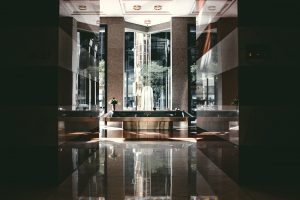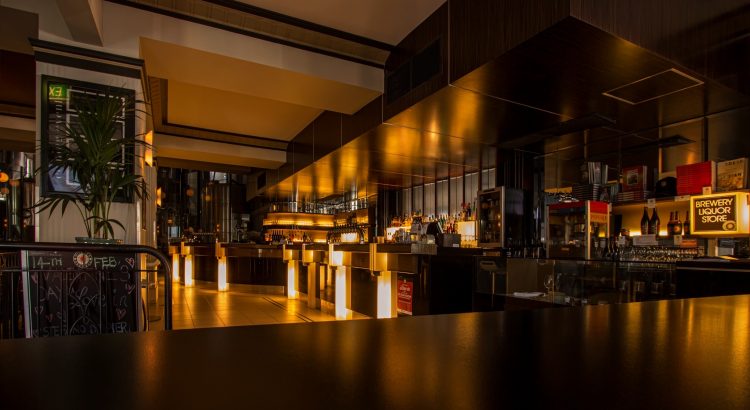Do you understand how customers feel when they walk into the office environment? Most corporate designers enhance retail spaces with creative decor ideas, and brand identity concepts. Integrating your brand into their space depends on the perfect strategy. It works well when designs that complement the values of your business’ corporate vision are integrated. Usually, the visual features of a branded office space evoke emotions in customers. These methods can help entrepreneurs to integrate branding in any office space.
Company Branding With Outdoor Signage
Before digital advertisement, handbills and signage were the traditions of most big corporations. For them, placing signage on business outlets is an ideal and easy way of representing their brand identity. However, not so much has changed with the importance of signage to your workspace. Like online ads, much well-designed digital signage display bright texts and graphics. Another smart way of integrating branding will be to use your company’s logo and colours on signage boards. Apart from the appearance of your workspace, delivering a statement with signage help customers to identify with your brand. Also, digital signage with scrolling texts can help to advertise your products and services. Don’t forget to display the company’s name and the brand colours boldly.
Align Your Corporate Goals with the Brand
When smart customers walk into your office, they can tell how the organization is being run from the interior design. Retail office space can help to build brand identity, and also promote business philosophy. By defining your corporate goals and mission statement, they should reflect in the business’ brand identity. With this alignment, your business can enjoy the advantage of brand integration. Apart from the corporate message, brand alignment helps to build satisfactory customer experiences. For example, it can be a work culture for employees to badges with the company’s logo and colours every day.
Colour Palette That Reflects the Brand
‘One of the most outstanding brand elements in any office space is wall colours. Generally, iconic paint colours complement the aesthetic beauty of office furniture. When branding a workplace, expert interior designers use colour palettes to create great impressions. They apply befitting shades of colour that allow employees to relax and focus on their jobs. Unlike muted colours, white tones are cool, and they make workspaces appear bigger than normal. The space designer might need to accent neutral colours with red, but they shouldn’t forget to integrate your company’s website colours, and logo into your office space. When you are in the hospitality industry such as this accommodation in Hobart waterfront, you can be a bit more daring with colours, opting for colours that command attention for areas that need it.
Spacious Layout

The brand identity of your company should reflect in the work culture. Usually, well-branded office space with large layouts motivates clients to do business. A clean office space with a layout that makes interaction with colleagues easy can enhance their productivity. Generally, employees are important in building a company’s corporate image. Consider a layout that allows for natural light during office renovations. Also, spacious layouts help workers to avoid the effects of sedentary positions at work. The office layout should be wide enough for staff to move around and exchange ideas. This design arrangement can help them to perform their tasks effectively. There could be a space away from the desk.
Use Furniture to Reflect the Brand
Office furniture is a decor idea that can create a strong visual brand in workspaces. Modern waiting rooms in organizations have chairs with lumbar support for visitors. While workers and customer service personnel interact with clients, a comfortable seat can boost the customer’s experiences. Modern restaurants such as this one serving breakfast in Hobart opt for wooden chairs for their rustic feel. Also, iconic furniture with company’s colours often reflects its brand within the workspace. Consequently, visitors that pay attention to details are attracted by to the work environment.

